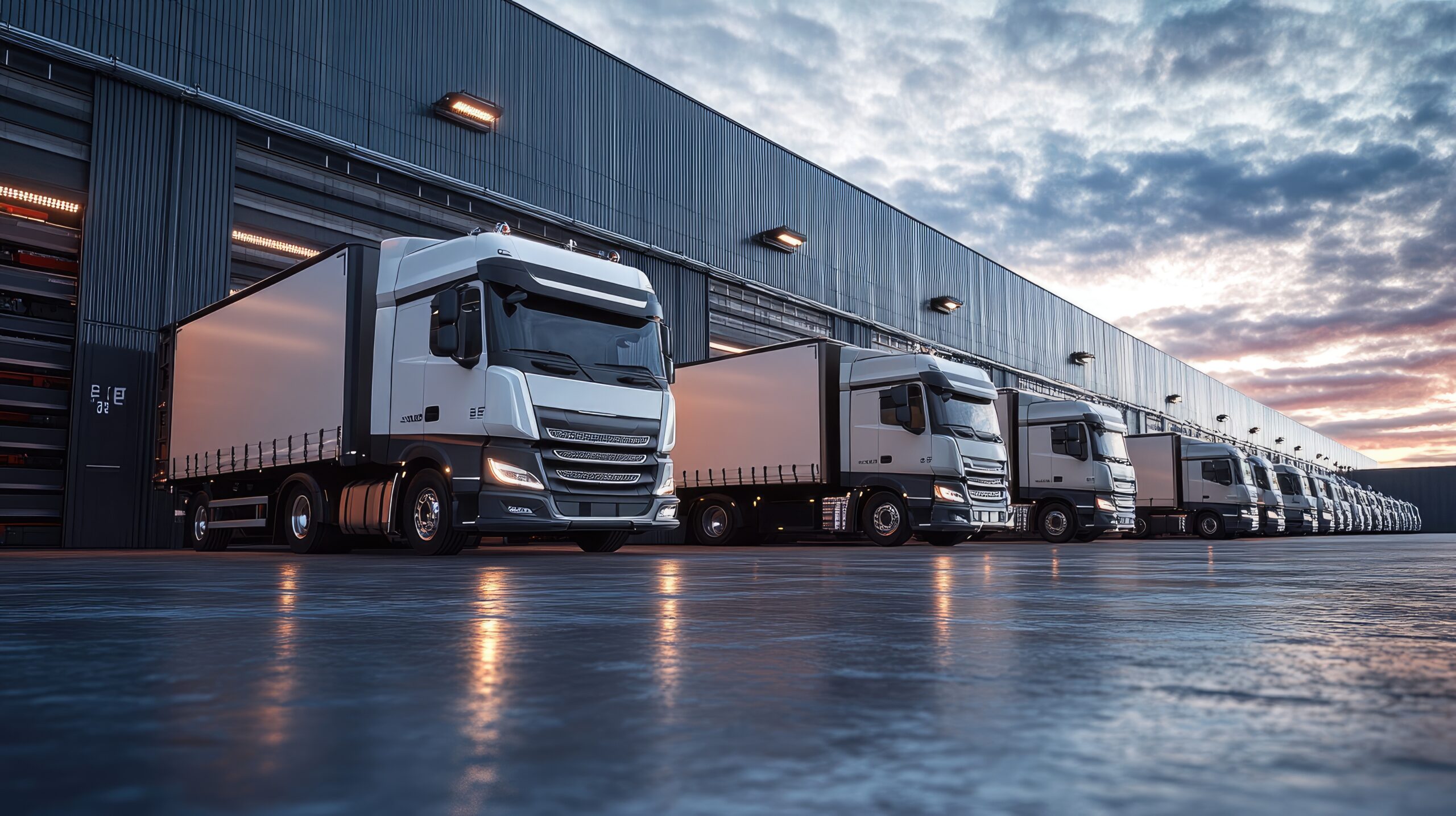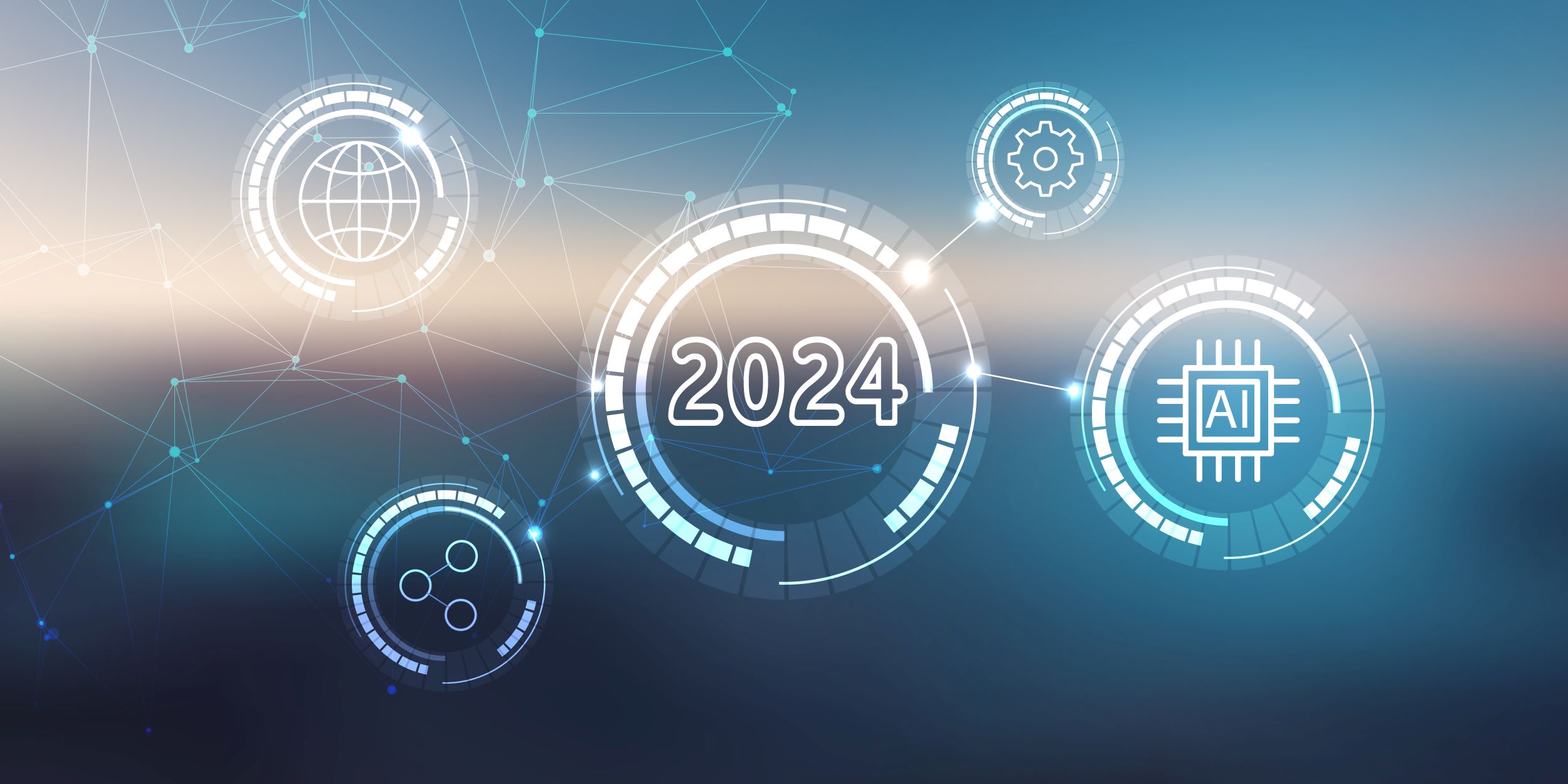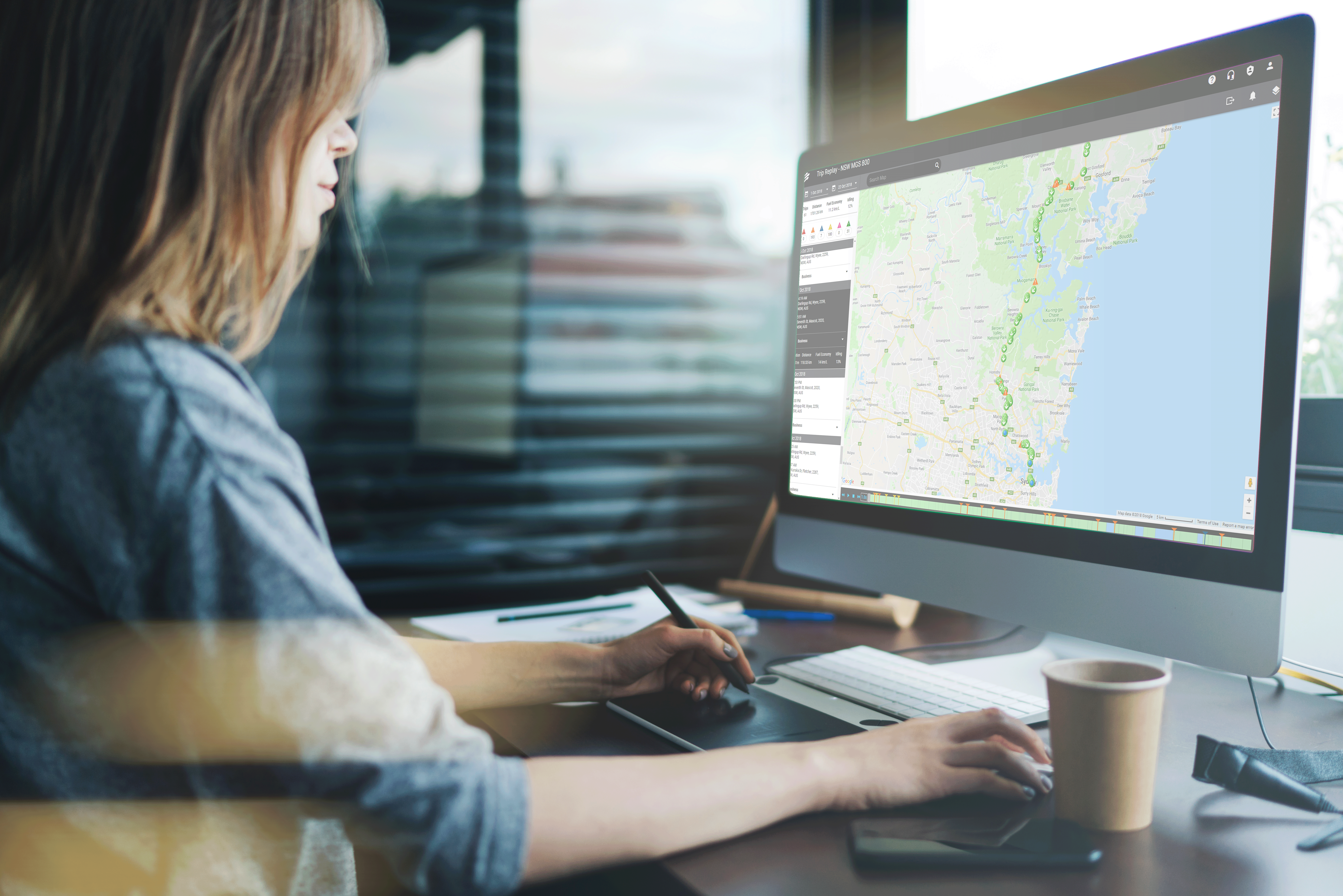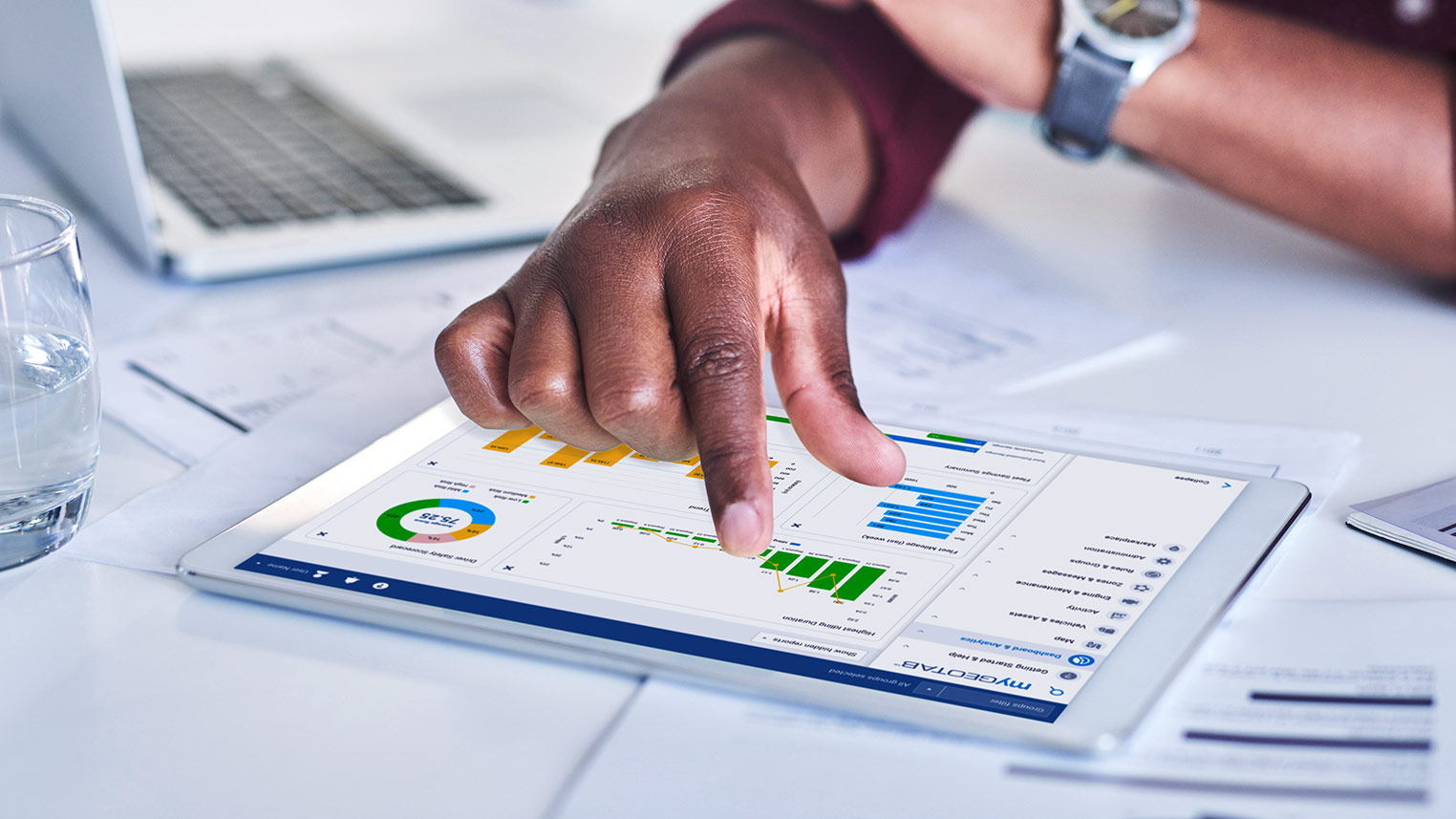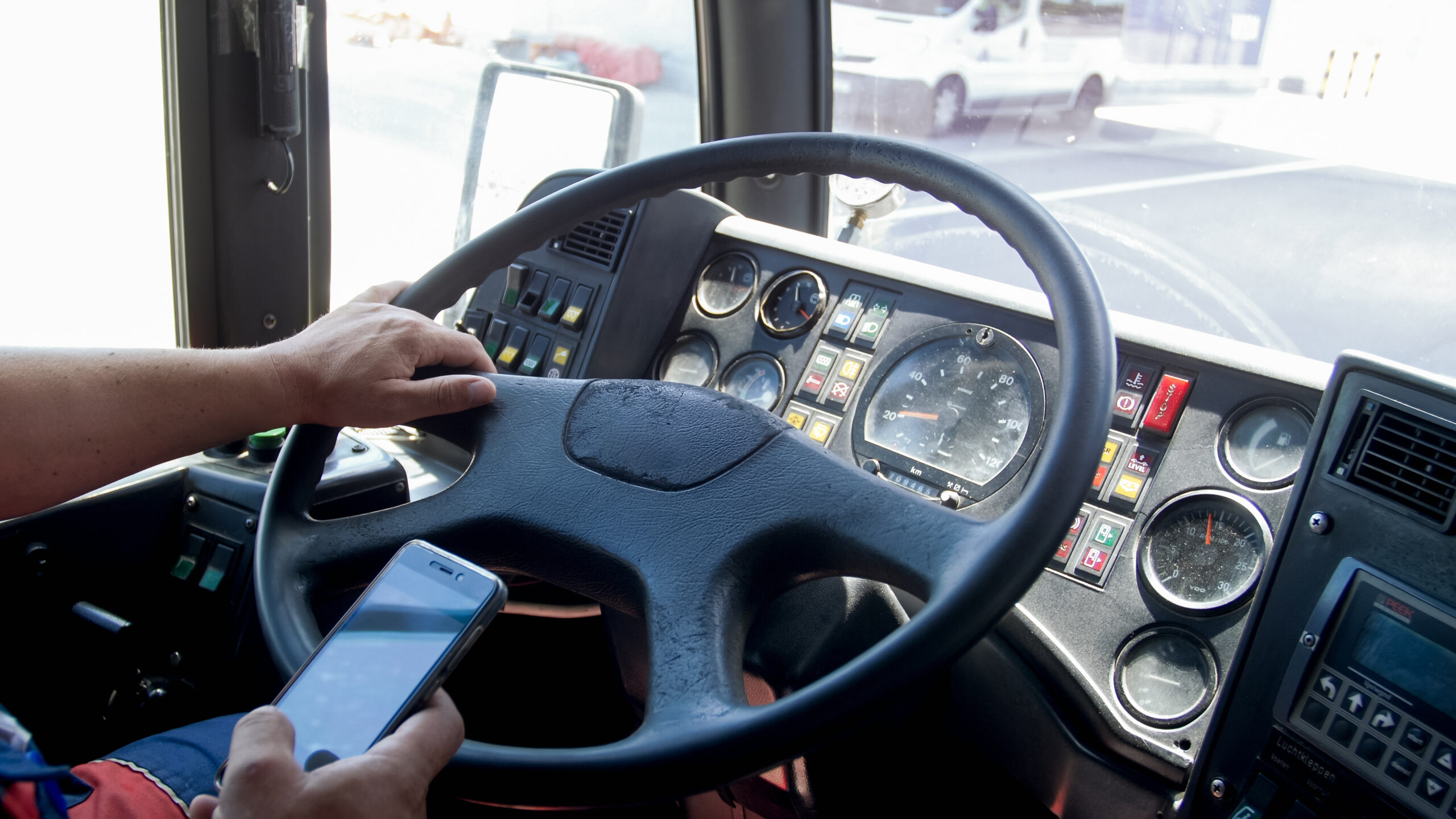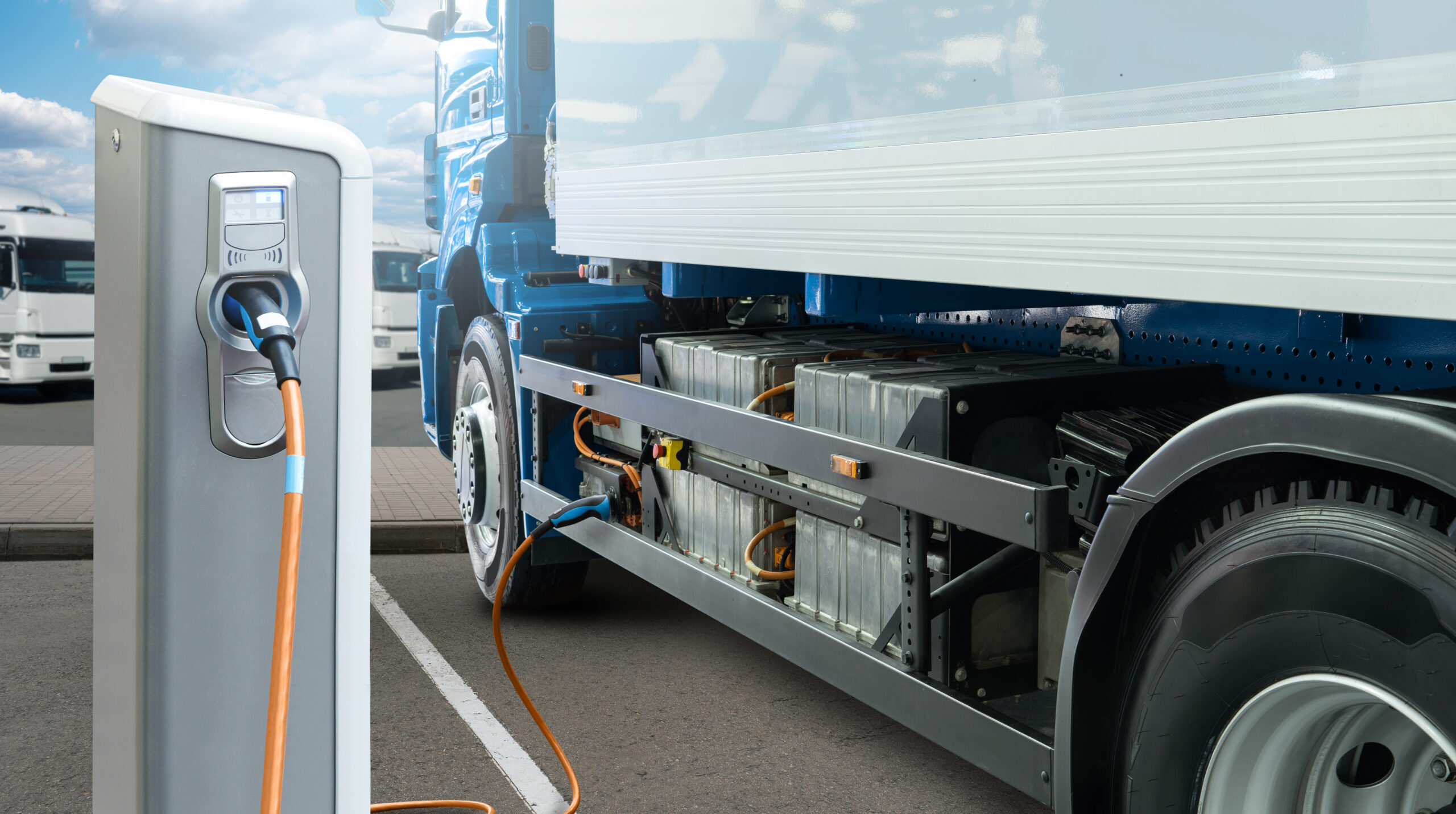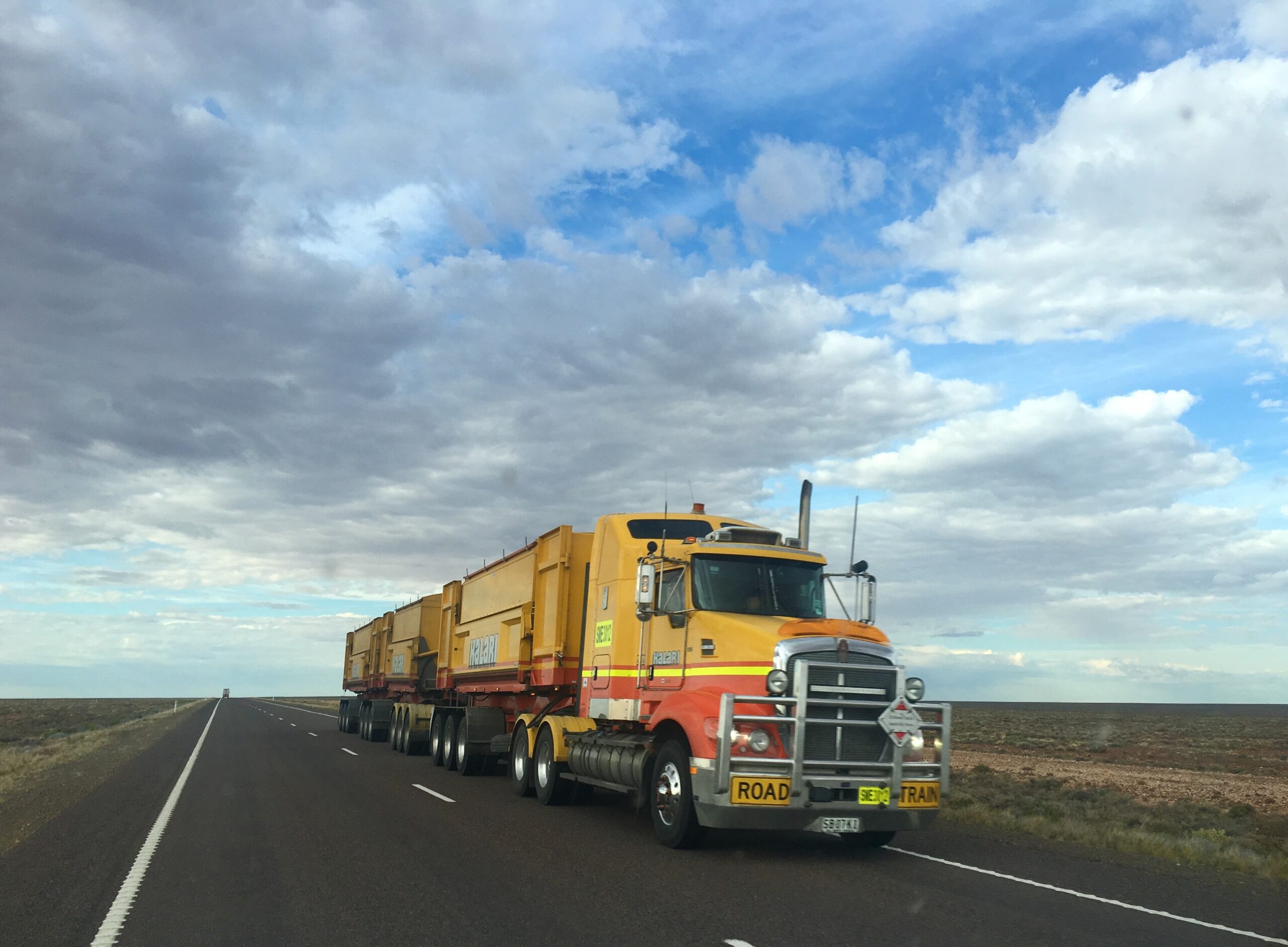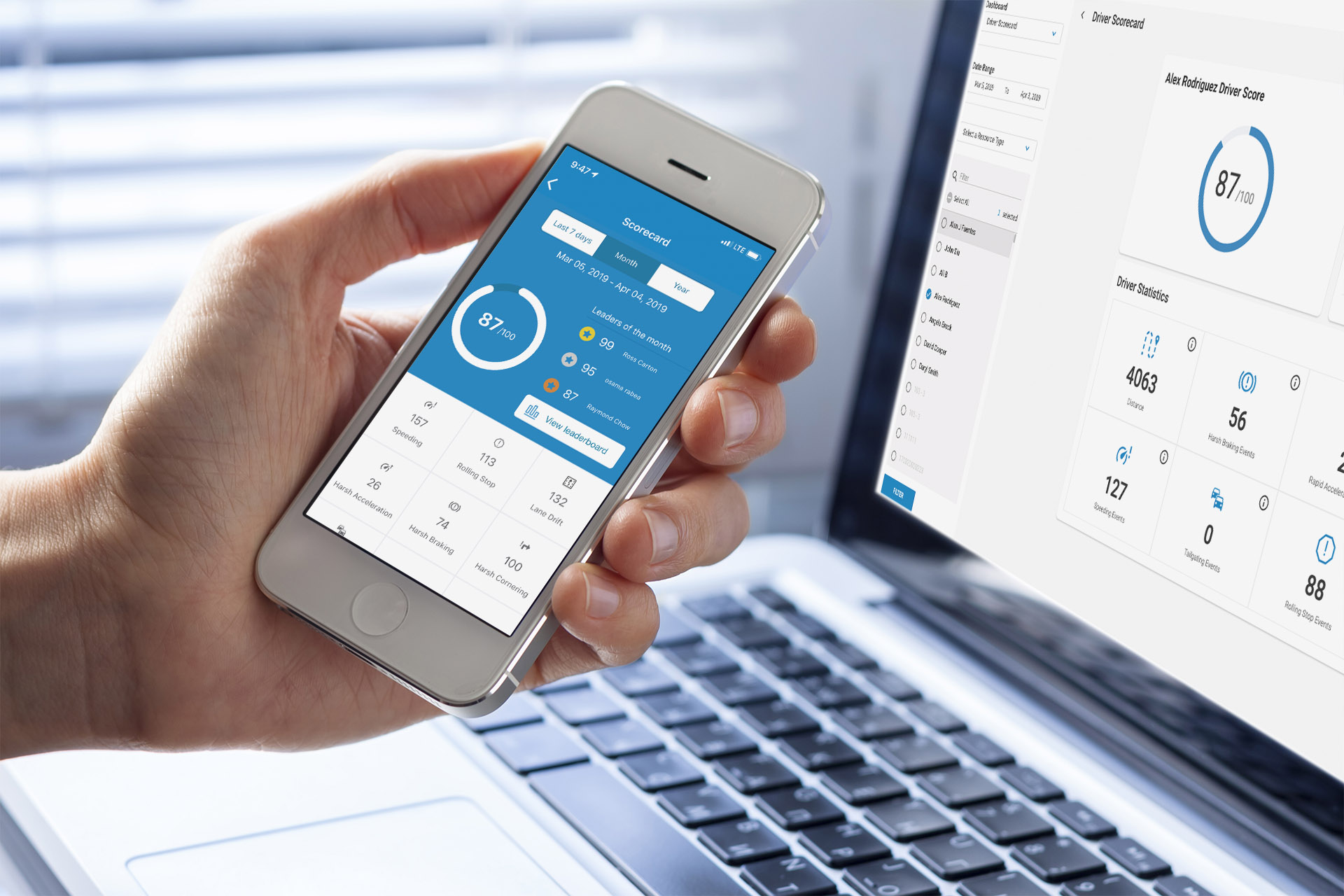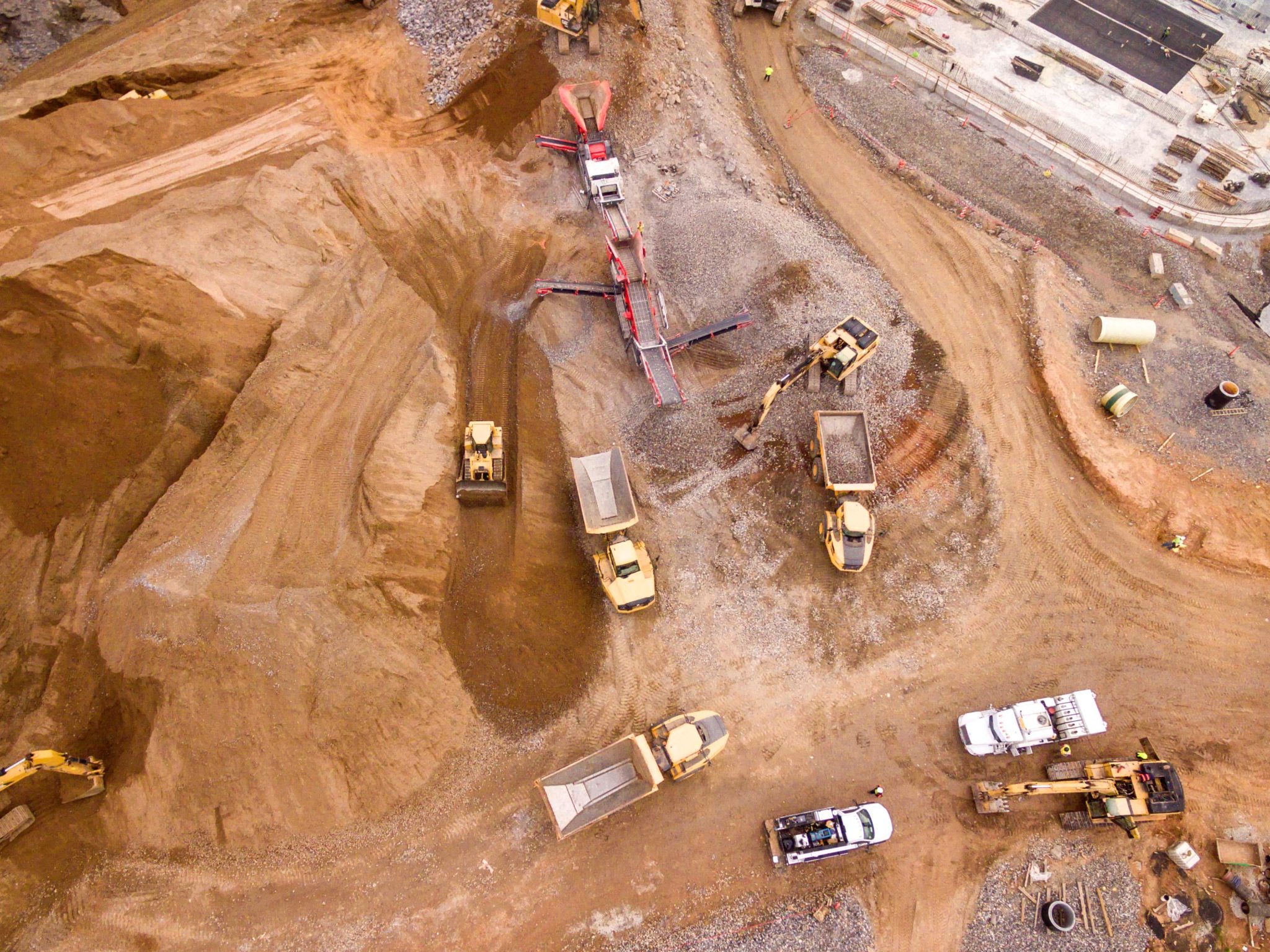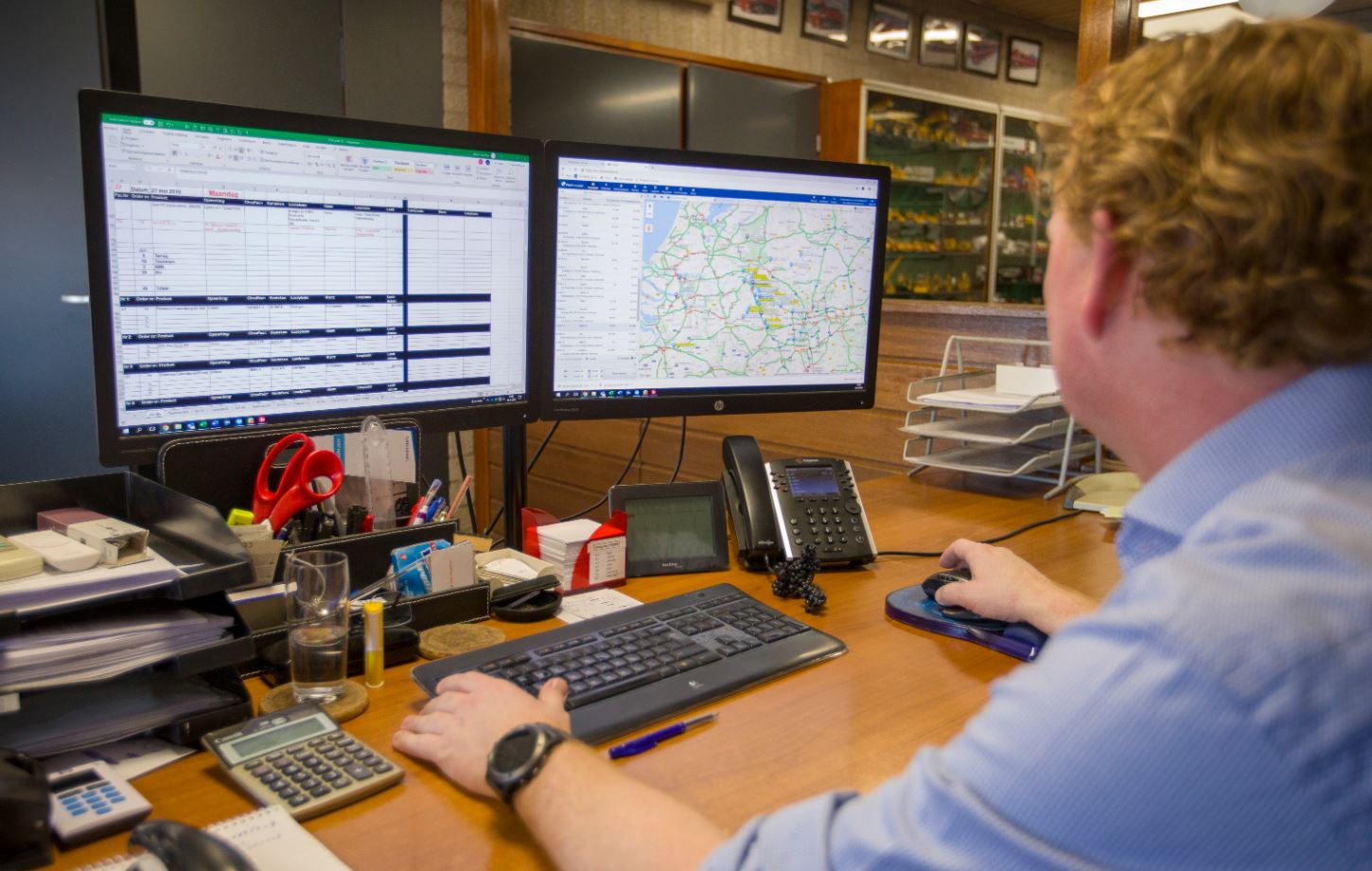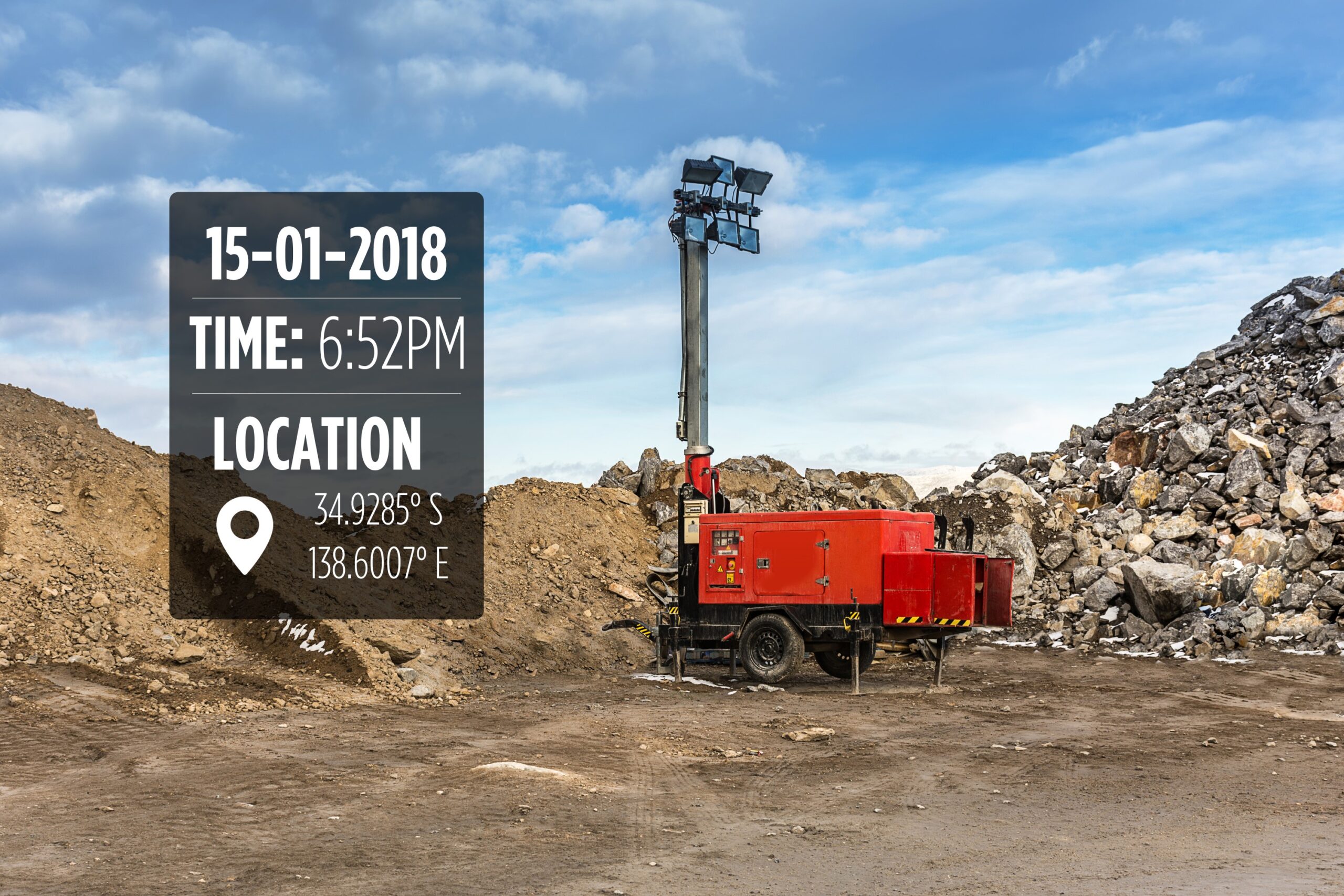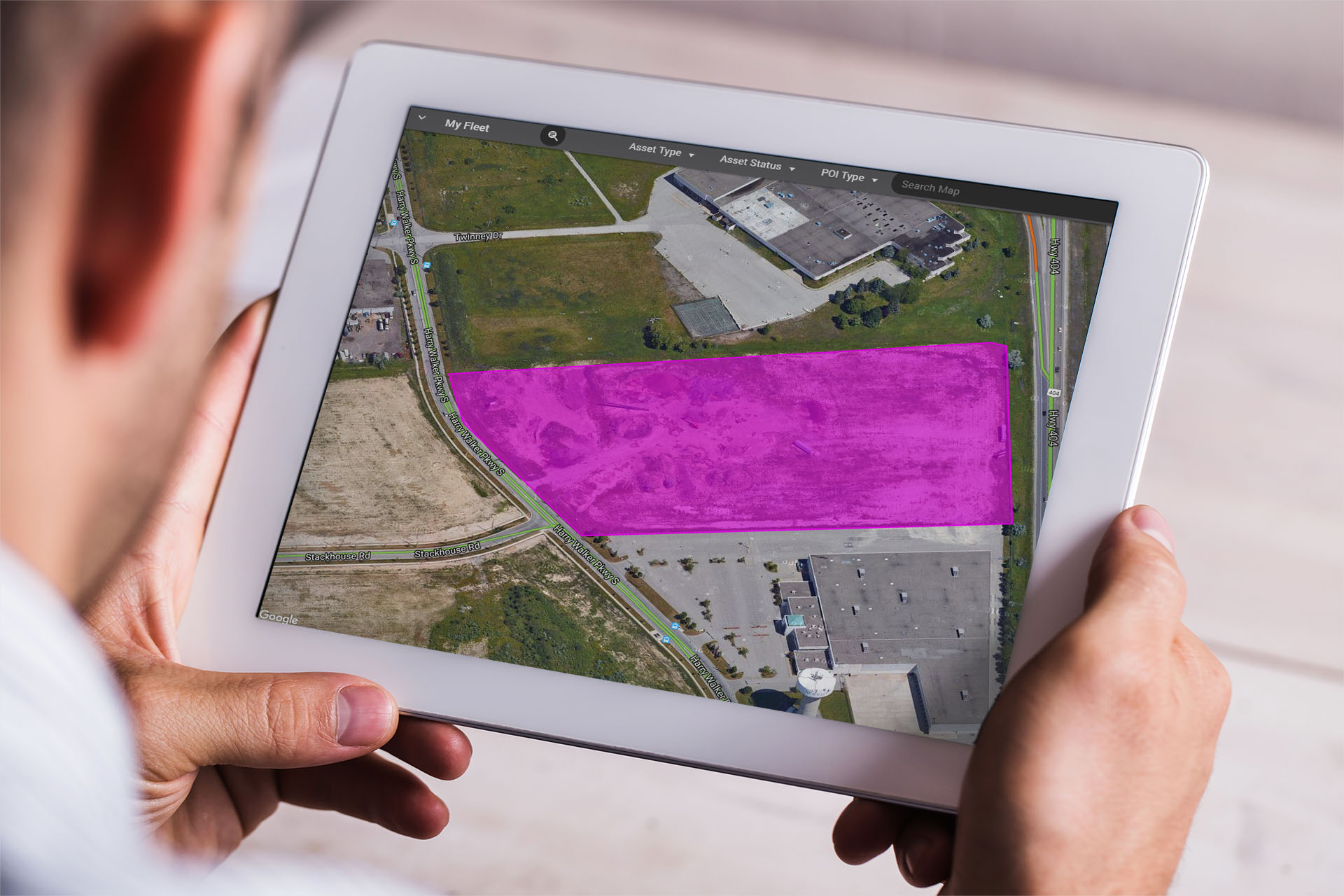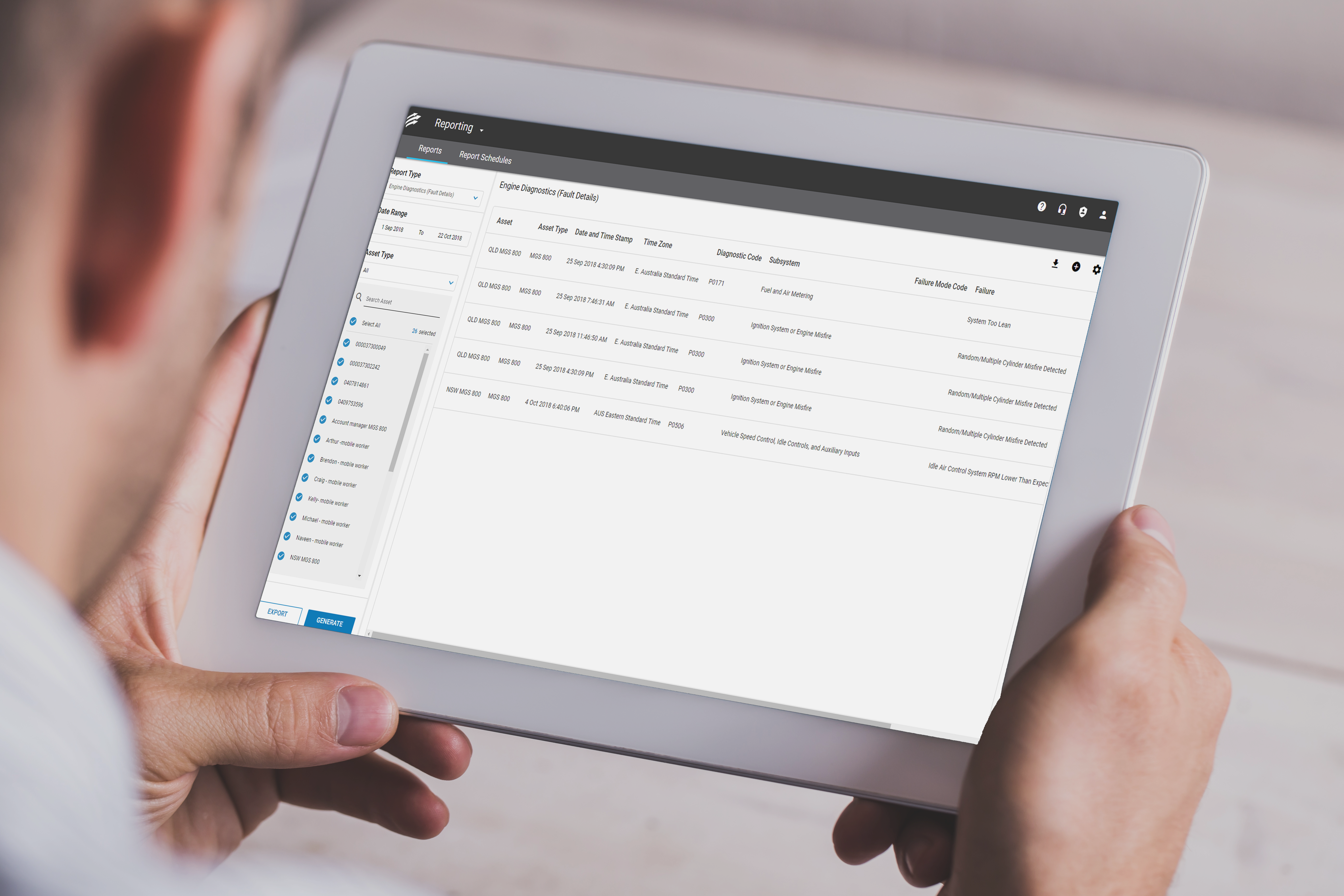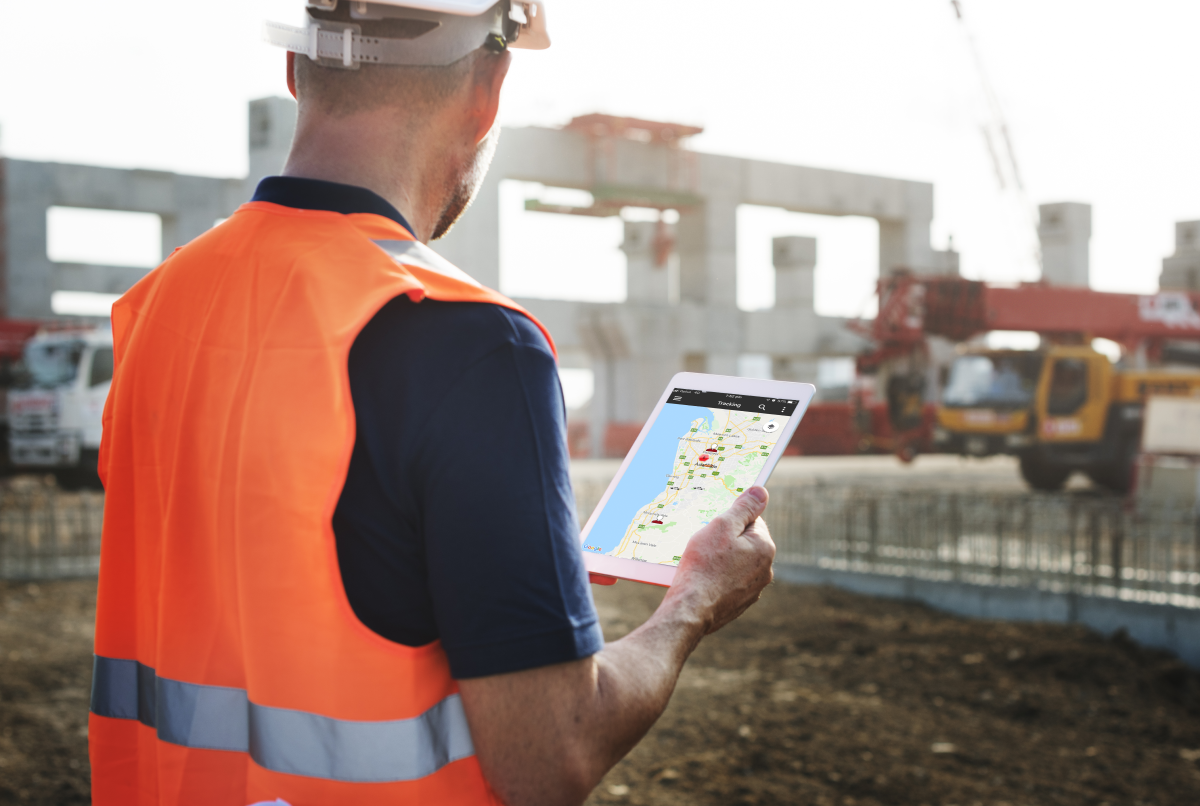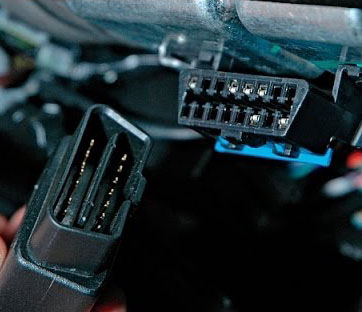Fleet management systems are not only for making the fleet manager’s job easier. They should also provide access to key vehicle data that can be used to make fleets safer, more efficient, and more profitable.

Before you implement a new system, however, remember this: Not all fleet management systems are created equally, and no two businesses are the same. If you’re comparing software, it’s important to put some careful thought into choosing the right tech for your fleet. Failing to do research could end up being a very costly mistake.
This article will take a closer look at five key things to keep in mind when comparing fleet tracking software.
1. Dashboard That is Easy To Use and Navigate
You’re going to be dealing with lots of metrics (speed, distance, hours worked, harsh braking, idling, etc.). So, if your telematics system isn’t easy to navigate and understand, it’s going to be difficult to access relevant data when you need it.
Your fleet management system should be intuitive to use. Since you’ll be looking at it several times a day, this is something to keep in mind. Along with the interface itself, look at the individual metrics it shows and evaluate whether these will add value to your operations.

Fleet Complete’s dashboard screen
2. Alerts and Reports That are Actually Useful
Clarity extends beyond the dashboard. Your fleet management software should make it easy for you to review critical information in a useful way.
When it comes to features, there really is such a thing as too many. While it’s important to choose something with detailed metrics you can use, be wary of anything with too many bells and whistles. You don’t want to end up with something that’s overly complex or pay for features you don’t need.
Look out for things like configurable alerts, which let you customise the data coming in to better suit your needs. Rather than drowning in too much data, prioritise the performance metrics that matter. Cutting through the clutter will make it easier to act quickly and with confidence.
Talk to your vendor about vital features based on your fleet size, business goals, and other requirements.
3. Integrations That are Included
Some solutions come with pre-built integrations, whereas others offer capabilities to help businesses customise their own. Speak to each vendor to find out what they offer for integration capabilities and make sure the system fits your needs based on the software you already use.
GPS tracking software can
- streamline vehicle maintenance scheduling
- provide ATO-compliant business v. private logging for your Fringe Benefit Tax (FBT) records
- automate the calculation for your fuel tax credits (FTC)
Tracking tools can also be integrated with finance and accounting apps so that working hours and miles driven are seamlessly and accurately converted into payslip data. This minimises the risk of human error and can be helpful in the event of a conflict.
GPS tracking can also be linked directly with inventories, something that’s particularly useful in the event of a breakdown.
4. Video Telematics for Driver Benefits
Video telematics has caused a stir in recent years due to its significant advantages for fleets.
For one, recording video provides visual proof of dangerous driving, such as harsh braking and speeding. Fleet managers can then use these visuals in driver training to give their drivers better and more detailed feedback on safe driving. Over time, this can improve driving performance, resulting in various savings, including maintenance and insurance costs.
You can also use video footage to prove the innocence of drivers who are not at fault when involved in an accident, speed up insurance claims, and potentially secure insurance discounts.
Fleet Complete customer story from CarPass Australia on how they use telematics data to deal with insurance claims.
5. Essential Real-Time Tracking
Things happen fast when your drivers are on the road. From breakdowns to route changes, managers need to stay agile to ensure operations continue as efficiently as possible—whatever happens.
Your fleet management system should be able to track:
- driver location
- cargo location
- driver behaviour
- diversions
- theft issues
Real-time tracking is also vital in the event of an emergency. In 2019, data showed that there were 1,188 road deaths in Australia. Fleet tracking software can help managers keep drivers safe on Australia’s roads and improve their behaviour through more comprehensive training and feedback. This lowers their chances of getting into a deadly accident.
It’s also worth choosing a fleet management solution that offers geofencing. This allows you to set routes and boundaries. If a vehicle leaves the predetermined area, fleet managers can instantly look into the issue and, if necessary, alert the authorities.
With Fleet Complete’s Fleet Tracker, you can follow your vehicle and its cargo in real-time. This allows you to set alerts, get instant notifications for unauthorised usage, and respond fast to minimise possible damage.

More Than Just Tracking
Fleet management software is about more than just tracking a vehicle’s whereabouts. The best systems give fleet managers actionable insights they can use to optimise fleet performance and root out hidden issues—all of which can lead to higher efficiency and a stronger bottom line.
If you’d like to improve visibility into key fleet metrics, get started today by trying out our Fleet Complete demo.






